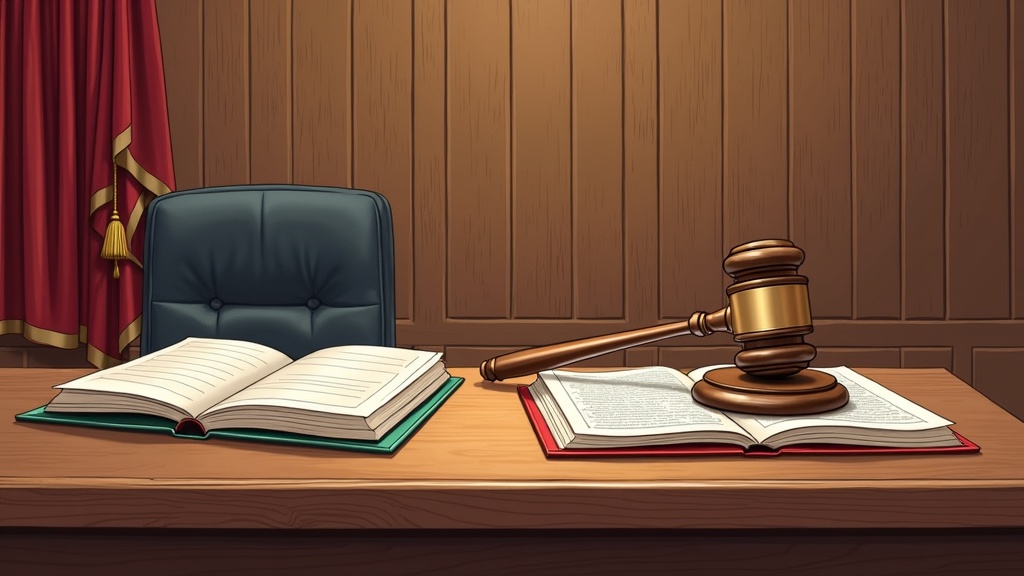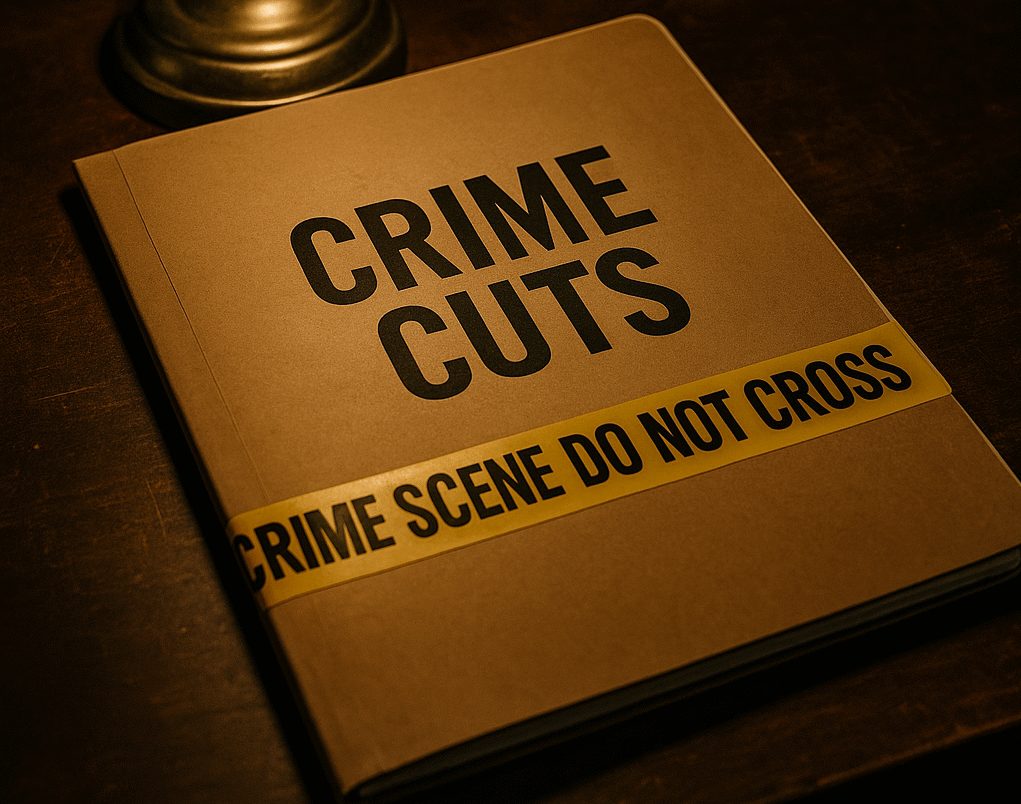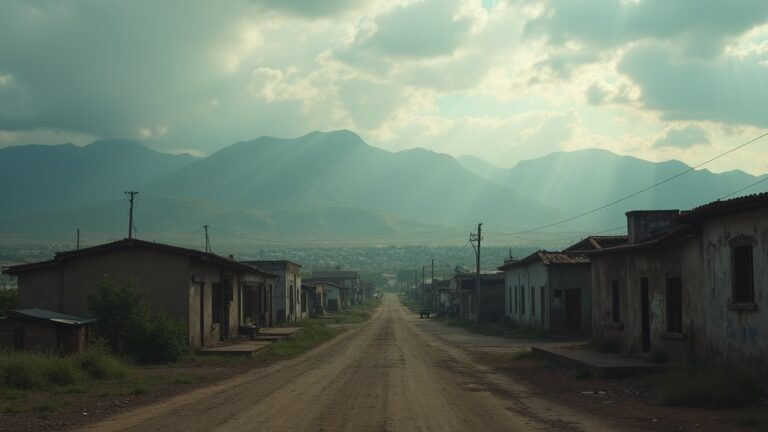Introduction
Understanding The Basics Of Crime Cases
Crime cases touch every community at some point, but most people never really get to check out how these cases work from start to finish. Whether you’re curious about the news, studying law, or just want to understand what happens when someone breaks the law, having a grip on crime cases will make those headlines and dramas make a lot more sense. I put together this all-in-one guide to help you get familiar with the nuts and bolts of crime cases, and to clear up those tricky legal terms and steps.

Table of Contents
What Makes Something a Crime?
A crime is basically any act, or a failure to act, that’s against the law and is punishable by the government. That could be as serious as robbery or as minor as jaywalking, depending on the laws where you live. The other big type of case in court is civil—not criminal—where it’s usually about money, injuries, or disagreements, not breaking the law itself.
Crimes fall into two big camps: felonies and misdemeanors. Felonies are the heavy hitters. Think murder, robbery, or bigtime fraud. Misdemeanors are less serious but still illegal, like shoplifting small amounts or trespassing. Some legal experts use terms like mala in se (acts that are wrong by their nature, like murder) and mala prohibita (acts that are only wrong because there’s a law against them, like parking violations). Both types can land you in court.
Main Categories of Crime
The legal world often breaks down crimes into types, which helps when figuring out how cases are handled:
- Violent crimes: Includes homicide, assault, robbery, or anything where someone’s in physical danger.
- Property crimes: Crimes like burglary, theft, arson, and vandalism, where stuff gets stolen or damaged.
- White collar crimes: Usually involves money—fraud, embezzlement, insider trading.
- Organized crime: These cases involve groups or “networks,” like drug trafficking, racketeering, and illegal gambling.
- Cybercrime: All about things like hacking, identity theft, or online fraud.
- Public order crimes: Acts considered to be against the peace, like public drug use, disorderly conduct, or prostitution.
How a Crime Case Unfolds: Step by Step
A crime case doesn’t just pop up in court. There’s a whole process it follows, almost like a roadmap. Here’s what usually happens:
- The incident: Something illegal happens (the crime).
- Reporting: The crime gets reported, by a victim, a witness, or sometimes by police who witness it themselves.
- Police response: Law enforcement comes to the scene.
- Investigation: Police talk to witnesses, secure the area, and collect evidence, like fingerprints, photos, or statements.
- Arrest or identification: Police zero in on a suspect, sometimes with an arrest right away and other times later.
- Charges filed: Prosecutors (lawyers for the government) decide on the charges.
- Pretrial steps: Includes things like bail hearings, arraignment (where charges are read), and legal motions from both sides.
- Trial: Evidence is shown, witnesses are called, and the judge or jury decides if the accused is guilty.
- Sentencing: If there’s a conviction, penalties like jail, probation, fines, or alternative programs are decided.
- Appeals/postconviction: If one side doesn’t like the verdict or punishment, they might appeal for a new look at the case.
If you want a clear, visual breakdown of how the U.S. criminal justice system works from start to finish, the Bureau of Justice Statistics offers an excellent Justice System Flowchart. This official resource maps each stage of the process — from arrest through adjudication, sentencing, and corrections — for both criminal and juvenile cases. It’s an easy-to-follow roadmap that helps demystify the complex pathways a case can take through the system.
The Role of Evidence and Investigations
Not every crime can be solved with a smoking gun. Police and legal pros use all kinds of evidence to build, or defend against, a case. There’s physical evidence (like weapons or stolen goods), digital evidence (emails, texts, surveillance footage), testimonial evidence (what people say), and documentary evidence (papers or records). Protecting the “chain of custody,” or knowing exactly where that evidence has been, is super important. This keeps it valid in court.
Forensic science—DNA, ballistics, fingerprints, and digital forensics—gets more popular every year. Laws about search and seizure, like those tied to the Fourth Amendment in the U.S., can get complicated. Police need proper warrants to search people or homes, unless an exception applies.
People Involved in a Crime Case
- Victim: The person harmed or affected.
- Suspect/Defendant: The person accused of the crime.
- Police/Investigators: The folks gathering facts and evidence.
- Prosecutor: The lawyer arguing for the government.
- Defense Attorney: The lawyer defending the accused (could be private or a public defender).
- Judge: Oversees the trial, keeps things fair, handles legal decisions.
- Jury: Sometimes, regular people called in to decide if someone is guilty beyond a reasonable doubt.
- Witnesses/Experts: People who saw things happen, or who have professional expertise (like a medical examiner).
Burden of Proof and Legal Standards
Unlike a disagreement over a broken fence, the government has a high bar to clear in crime cases. The accused is presumed innocent. The prosecutor has to prove guilt “beyond a reasonable doubt,” which is a much higher threshold than civil cases. Police only need “probable cause” for arrests and warrants, and sometimes just “reasonable suspicion” to stop and question someone. These standards are a massive part of what keeps the system as fair as possible.
Understanding Criminal Charges
Crimes can be based on statutes (written laws) or common law (old, judge-made rules that have stuck around). They might be state, local, or federal, and each level has its own set of crimes and courts. Prosecutors might use an indictment (charges brought by a grand jury) or a complaint (usually from the prosecutor or police). Crimes also come in degrees: first degree murder is generally more serious (premeditated) than second degree (not planned) or manslaughter (accidental).
Rights of the Accused
The accused in a crime case is protected by a small army of rights: the right to remain silent (so you don’t have to testify against yourself), the right to a lawyer, and the right to a fair and speedy trial. There’s also protection from “double jeopardy,” so you can’t be tried twice for the same crime, and rights against self-incrimination, so nobody can force you to confess if you don’t want to.
Trial and Sentencing Process
In court, the accused might choose a jury trial or a bench trial (just a judge hears it). Many cases don’t go all the way to trial; they end in plea bargains, where the accused pleads guilty to a lesser charge to get a reduced punishment. Sentencing guidelines help judges pick a penalty, but there’s often some wiggle room. Some people get probation rather than jail, depending on the situation. After a case ends, there’s an option to appeal if there’s a belief something went wrong or rights were violated.
What Are Cold Cases?
Sometimes, cases go unsolved for years. These are called cold cases. These get reopened if new evidence shows up, or thanks to things like advances in DNA databases or a witness who finally comes forward. The public and media—even podcasts—sometimes help unearth new clues. Law enforcement agencies sometimes create dedicated cold case squads to go over old evidence with new techniques, which has led to previously unsolved crimes being cracked years later. Cold cases can haunt families and communities, making their eventual resolution especially meaningful for those involved.
Modern Challenges in Crime Cases
Catching and prosecuting criminals isn’t getting any easier. New hurdles show up all the time, like digital privacy laws (limiting police surveillance and searches), technology like AI and facial recognition, and international crime that jumps country borders. Issues with police practices, wrongful convictions, and public trust keep the system evolving. Sometimes, tech helps, like in speeding up identification through biometrics or sifting through huge piles of digital evidence, and sometimes, it makes things even more complex by creating new types of crime or legal challenges that didn’t exist before.
Getting Access to Crime Records
If you want to learn about a case, there are a few go-to spots: court dockets, police reports (sometimes restricted to protect privacy), and public databases. Freedom of Information Act (FOIA) requests are handy for journalists and curious citizens, but not everything is released. Local news outlets and media archives also keep historical info handy. In some locations, you can even check out online portals from local law enforcement or courts to search for cases, though access might depend on the type of case and current privacy laws. Genealogy and true crime enthusiasts often dig into these records for clues to past mysteries or unsolved cases.
Media and Crime Cases
Media coverage can shape how the public, and sometimes even a jury, sees a case. True crime shows and podcasts have taken off, but not all coverage is responsible or respectful of victims and the accused. Leaks, rumors, and guesswork sometimes muddy the waters or even lead to unfair trials. It’s important to look for quality sources and watch for bias or misinformation. Responsible journalism focuses on the facts, respects the privacy of those involved, and avoids sensationalizing details that might sway opinions before a verdict is reached.
Motive, Means, and Opportunity
These three words are big in the crime solving world. Motive is the reason someone may have done it. Means is whether they had the tools or ability. Opportunity is whether they had the chance. Investigators look carefully at all three, along with psychological profiling or behavioral analysis, to build out the case and narrow down suspects. Sometimes, experts use computer modeling or geographic profiling to map suspect movements and see if the timing matches up. Looking at motive, means, and opportunity helps sketch out how likely it is the suspect committed the crime, especially when there’s limited direct evidence.
How Crime Cases Influence Law and Society
Landmark crime cases can change the law, kickstart major reforms, or get new community programs started. High profile cases have led to things like Miranda rights, new sentencing rules, and a bigger focus on fairness and community healing (sometimes called restorative justice). The ripple effect from one case can stretch far and wide, resulting in legislative changes, shifts in police training, and sometimes, updates to courtroom procedures meant to guard against past mistakes. These cases show just how deeply crime cases can touch not only the people directly involved but also the entire legal and social landscape.
Understanding the basics behind crime cases isn’t just for lawyers. Knowing the process, the people involved, and how the system works helps anyone make sense of headlines, participate in civic life, or even serve on a jury with more confidence. If you’re curious about real cases or want to know your rights and responsibilities, checking out these basics is definitely worth your time.
Contact Us:
If you need to contact us for any reason, please feel free to do so here!









